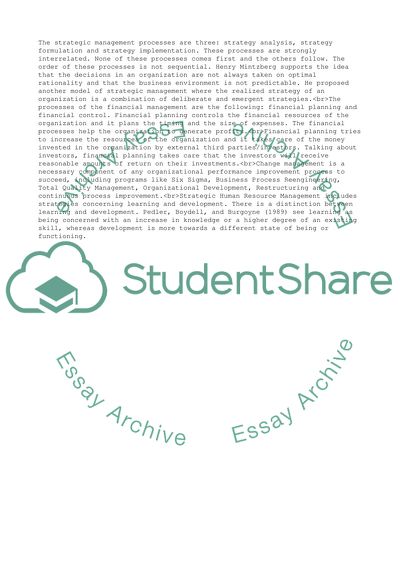Cite this document
(“Effective Processes of Management Essay Example | Topics and Well Written Essays - 2250 words”, n.d.)
Retrieved from https://studentshare.org/management/1550566-management-issues-in-training-assignement-one
Retrieved from https://studentshare.org/management/1550566-management-issues-in-training-assignement-one
(Effective Processes of Management Essay Example | Topics and Well Written Essays - 2250 Words)
https://studentshare.org/management/1550566-management-issues-in-training-assignement-one.
https://studentshare.org/management/1550566-management-issues-in-training-assignement-one.
“Effective Processes of Management Essay Example | Topics and Well Written Essays - 2250 Words”, n.d. https://studentshare.org/management/1550566-management-issues-in-training-assignement-one.


